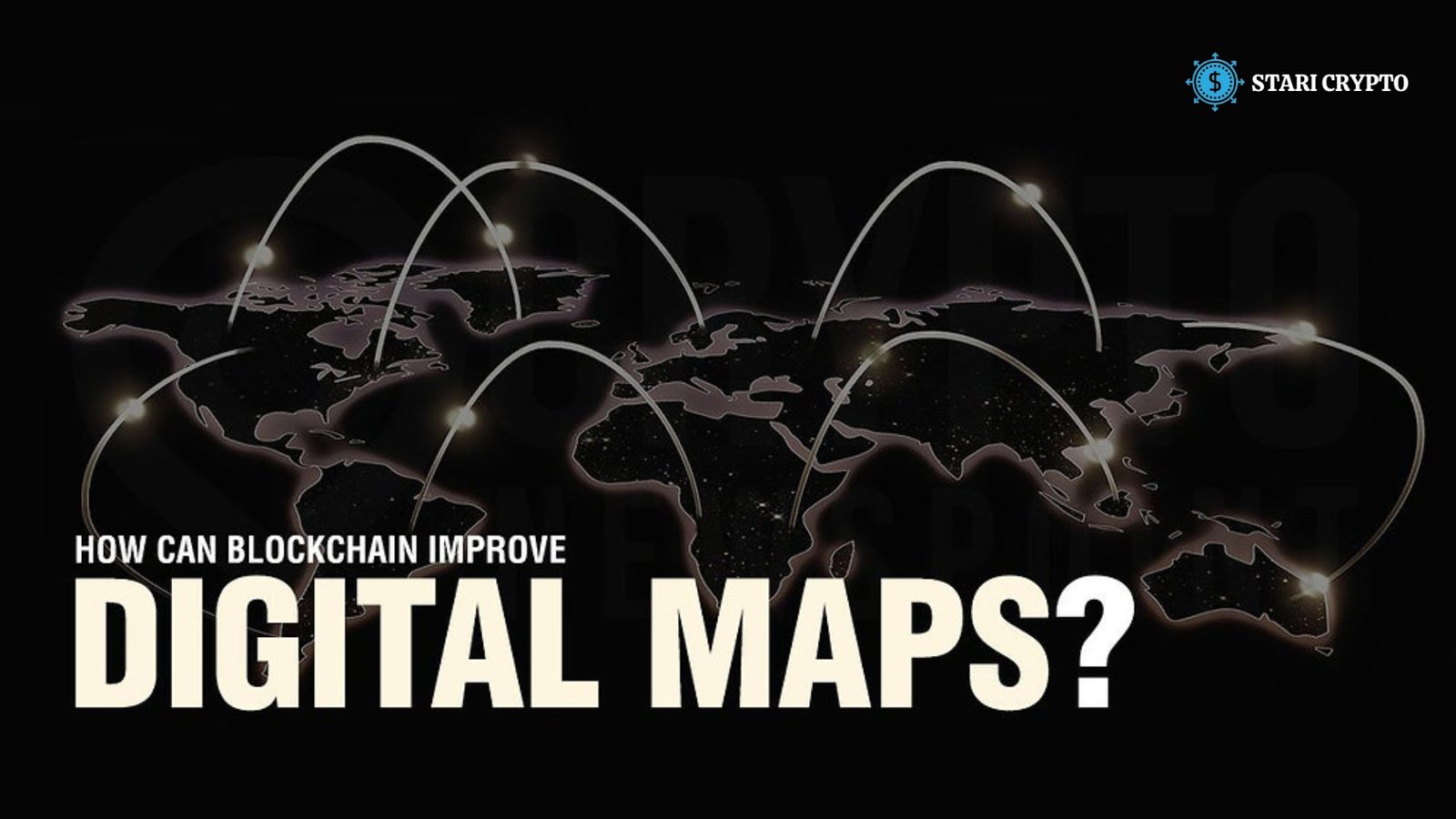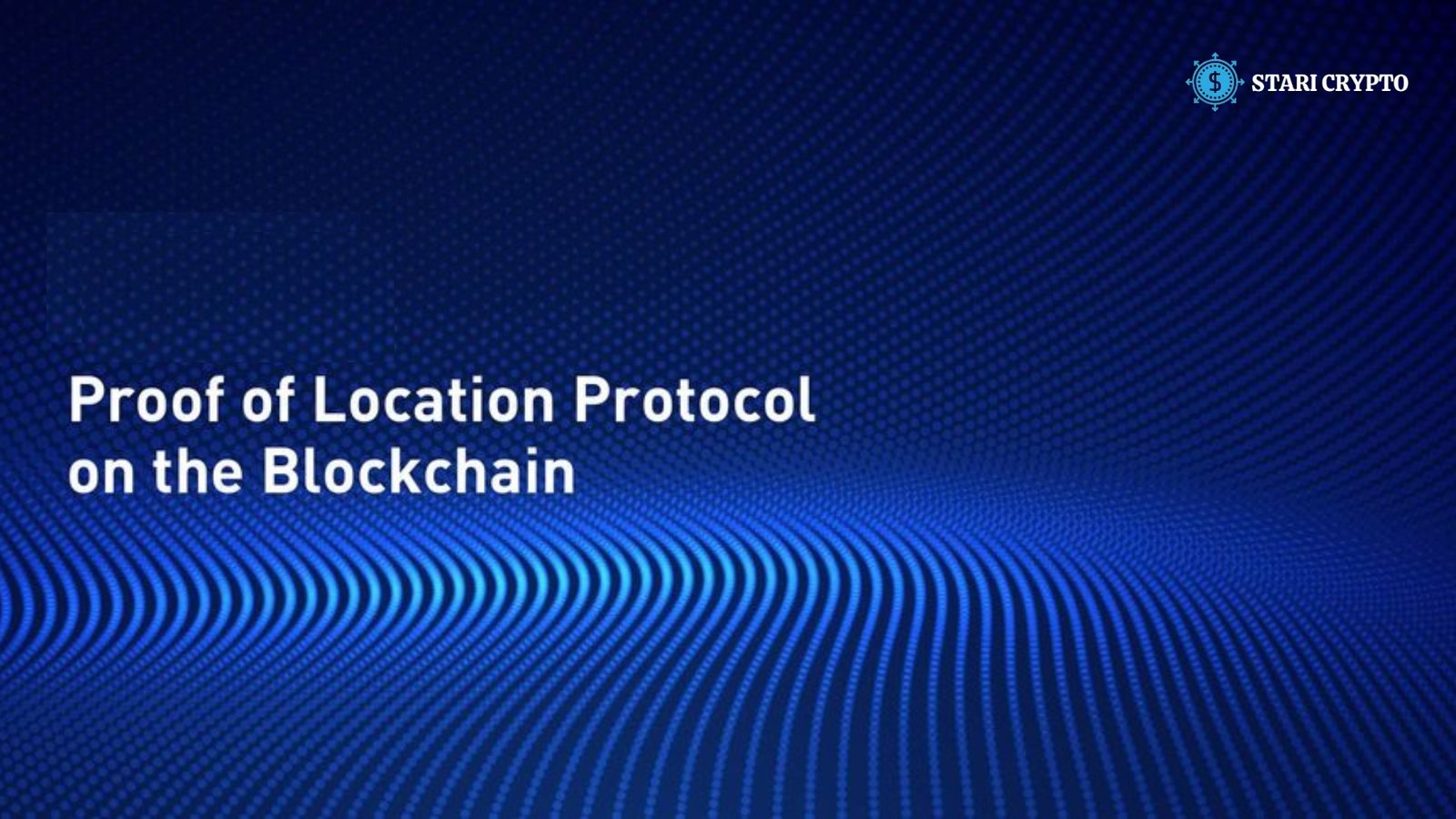Mapping on the Blockchain: An Ultimate Guide. The user’s current position and surroundings are shown on their mobile device in real-time through an interface provided by the global positioning system (GPS). It is transparent and impervious to intervention because it is built on blockchain technology. Navigation systems based on global positioning systems have become commonplace. People use tools that depend on GPS, such as Foursquare, Google Maps, and OpenStreetMap. On the other hand, centralization is a typical flaw in these systems that renders them vulnerable to hacking and makes their working opaque.
As an alternative to centralized systems, blockchain technology allows users to circumvent the shortcomings of more conventional technologies, such as GPS mapping. Faster data processing, more resilience against hacking attempts, and more transparency are all benefits. Some companies have started using blockchain technology or are looking into it more seriously, which is unsurprising.
Inefficiencies in Current Interactive Maps
Even though interactive maps based on GPS have been around for over a decade, the current method still has flaws. There have been reports of inaccuracies and delayed loading times for data from various services. There may be lags in obtaining and sharing data due to the massive amounts of data processed and stored by GPS mapping, often done on central servers. These technologies put users’ privacy at risk because they monitor their movements in real-time. The development and maintenance costs of traditional GPS systems can potentially be too high for enterprises to afford.
There has been a lot of progress in roads, highways, and infrastructure recently, but centralized mapping depends on private data, which might be outdated. Dense urban areas also find it challenging for GPS to map accurately. It is time-consuming and expensive for the mapping supplier to document each place when creating interactive maps in regions with limited roads. In addition, civilian uses of GPS, like transportation and surveying, are vulnerable to hacking, jamming, and spoofing because the technology is not encrypted and does not have authentication or proof-of-origin features.
To run, the majority of mapping initiatives rely on crowdsourcing. For example, many volunteers employ low-tech field maps, aerial photos, and GPS devices to update OpenStreetMap. As the globe enters the IoT era, there will undoubtedly be new crowdsourcing use cases. On the other hand, issues like accuracy and top-down policy implementation, with which crowdsourcing projects typically struggle, might be present. A good substitute is mapping, which is based on blockchain technology.
How Blockchain Augments Interactive Digital Maps

Common problems with traditional interactive digital maps may have adequate solutions in the decentralized structure that blockchain technology operates on. A single or small number of servers typically handle the massive volumes of data needed for GPS mapping because of how restricted the servers are, and processing and delivery delays are possible with GPS mapping because of how centralized it is. In contrast, decentralized apps (DApps) spread data among multiple network nodes, improving data access latency and general performance.
These apps can maintain more precise location data instead of depending on a single centralized authority. They use a decentralized network of nodes to authenticate transactions and continuously change data. Data integrity and protection from unauthorized modifications are ensured by the consensus mechanism of the blockchain, which requires confirmation from several nodes before accepting changes.
One more perk of blockchain mapping is improved privacy. Conventional GPS mapping forces users to provide big companies with their location data, which these companies can use to make money out of users’ geotagged data without their knowledge or consent. Conversely, blockchain improves user privacy by functioning decentrally and making judgments unanimously amongst various nodes.
Can Blockchains be Used for Spatial Verification?
An event, object, or user’s actual position within a decentralized network can be authenticated by spatial verification in blockchain technology. The term “spatial verification” describes the process of ensuring that something is located at its stated address. Many sectors can benefit greatly, but supply chain management is one area where it shines.
For example, the owner’s account is paid via location verification when an Amazon delivery drone leaves a package at their door. Because of this, issues like dishonest delivery people and disputes over prices for missing products are no longer a problem. Using blockchain-based spatial verification, users can upload photographs and documentation proving the time and location to support their insurance claim for a damaged windshield. Insurance claim processing becomes more streamlined, disagreements are reduced, and fraud is combatted.
When opening a new online bank account, instead of submitting physical evidence of address, such as copies of utility bills. Customers can use spatial verification to confirm their domicile by being physically present at their home. In these application situations, a blockchain-based proof-of-location (PoL) smart contract could verify geographical location. Several sectors benefit from the increased openness and efficiency of PoL systems, which offer a trustless method to prove location.
What is Proof-of-location Protocol?

PoL uses cryptographic techniques and consensus procedures without depending on a single authority to guarantee that a user’s location data is authentic. Verifying a user’s location on a distributed ledger is known as proof of location (PoL) in blockchain technology. PoL guarantees the accuracy of location-based services and transactions in many different domains, such as decentralized banking, asset tracking, supply chain management, and more.
Using an Oracle network consisting of reliable nodes is a standard method for point-of-life (PoL) systems to gather and verify location data from various sources, such as cell towers, WiFi signals, and GPS satellites. Mapping on the Blockchain: Signed messages or proofs are broadcasted to the blockchain by these nodes to validate the user’s location. Users can interact safely with location-aware smart contracts and decentralized applications (DApps) on blockchains by incorporating PoL. This innovation opens up new avenues for location-based services and facilitates novel use cases necessitating blockchain-based, verifiable location data.
Core Elements of a PoL Smart Contract
Location data submissions, verification mechanisms, data storage, and linking spatial verification to specific actions are the core elements of a PoL smart contract.
Location data submission
The smart contract would define how users or devices submit location data, including:
- Geotagged photos or videos.
- GPS coordinates from a mobile device.
- Sensor readings from IoT devices confirming a location.
Verification mechanisms
The contract would need ways to verify the submitted location:
- Using reputation systems to assess the reliability of data providers.
- Cross-checking with multiple data sources.
- Employing cryptographic techniques to prevent location spoofing.
Data storage
A tamper-proof record would be created by securely storing the verified location data on the blockchain.
Triggering actions
The smart contract would link the location verification to specific actions, such as clearing insurance claims, paying out in supply chain scenarios, or allowing access based on physical presence verification.
Limitations of a Proof-of-location Protocol
Despite its promise, PoL isn’t without its flaws. Some of them include but are not limited to, an over-reliance on third-party data sources, problems with scalability, and inconsistent geographic applicability. Despite its many benefits, PoL does have some severe drawbacks. Using untrusted third parties for data poses security risks such as manipulation and spoofing. Because verifying location data for many transactions requires substantial processing resources, PoL may also encounter scalability issues.
On top of that, the verification accuracy could vary depending on the location or circumstance since PoL solutions aren’t always applicable. Incorporating physical addresses, coordinates, or geographic locations into smart contracts is not yet standardized. Each platform’s underlying hardware, protocols, and business models are unique. The widespread use and effectiveness of PoL in blockchain applications depend on resolving these limitations.

















